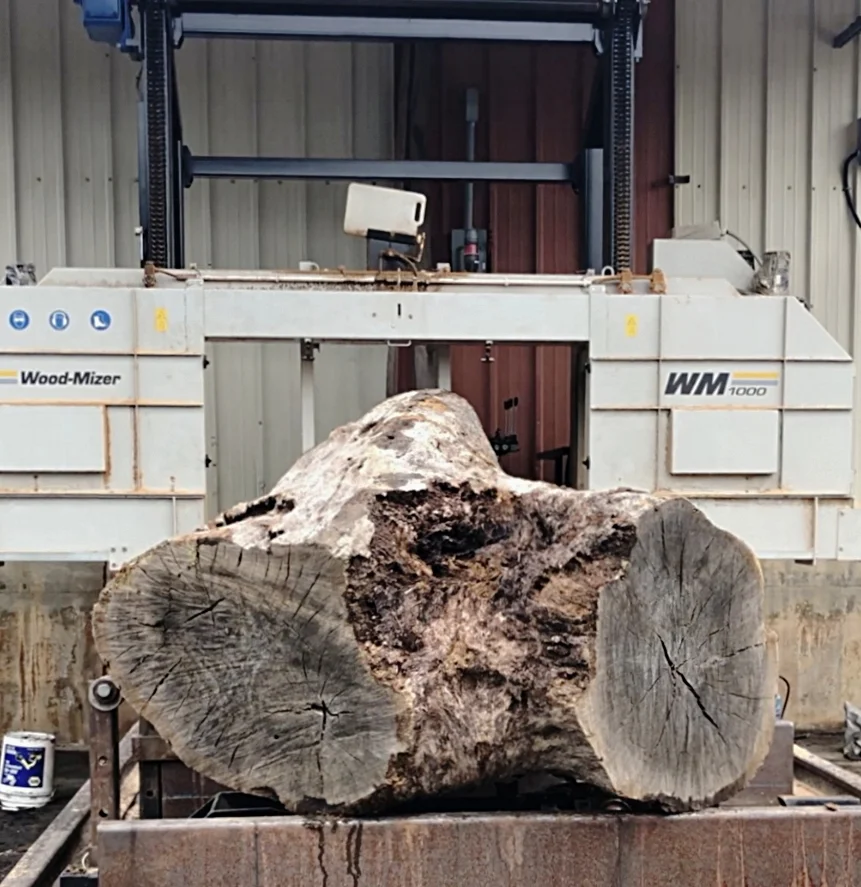Fort Gates Historic Oak tree
A magnificent dying oak tree gets a new legacy
Fort Gates is a historic family home in the Ocala National Forest Preserve on the St. John's River in Crescent City, Florida. The property has a rich history dating back Pre-Civil War. The magnificent Live Oak tree in the front yard by the dock marks the entryway of the original Fort Gates Ferry where it first began service in 1853, and is the oldest ferry service still operating in Florida. One of the last remaining water shuttles in Florida, the Fort Gates Ferry is an anachronism with lasting relevance, a reminder of the days before bridges proliferated and a service so essential to area residents that Putnam County designates the half-mile crossing route a county highway.
When the tree died, the property owners, who predominantly reside in Atlanta, engaged Eutree to preserve the timber from the tree to make into tabletops for family members, giving this old dying oak a new legacy. A local expert arborist was first brought in to assess and safely remove some of the large branches from the dying oak.
Once the larger branches were removed and the tree was properly secured by rope, it was felled into the yard safely away from the sea wall and dock.
The tree was sawed into pieces and removed from the yard, while the trunk of the tree was salvaged and transported to Eutree's facility to preserve into slabs for future furniture items for the family.
While the landscape of the property will be forever changed by the removal of this historic tree, its timber will get a second life memorialized for future generations.
Once the log arrived at Eutree's sawmill, it is loaded onto the Wood-Mizer 1000 with the Bobcat.
The log is carefully inspected for metals or other debris that may affect the milling process.
Eutree's Chief Sawyer, Sims, positions the head of the saw and begins to mill the log into slabs.
The log was sawed into five slabs on the Wood-Mizer 1000 mill.
The hydraulic blade tensioning on the Wood-Mizer 1000 ensures accurate, straight cutting with a good surface finish, while the Setworks control helps to produce finished slabs of consistent thickness with each pass.
After sawing is complete, the slab stack is removed from the mill using the Bobcat.
The slabs are then stacked onto stickers to allow proper air flow between slabs for drying.
Fun fact: Live Oak was widely used in early American ship building, and gained a legendary reputation for its toughness in the construction of the USS Constitution. It is said that cannon blasts bounced off the Constitution's hull, earning it the nickname “Old Ironsides”. The wood is extremely dense, making for very durable tabletops.
After the slabs are properly stacked and stickered, they are lifted into the warehouse by bobcat to begin the drying process.
The slabs will be stored in Eutree's indoor drying area for several months where they will reduce their moisture content before heading into the kiln.
Stay tuned for more updates on the drying process!












